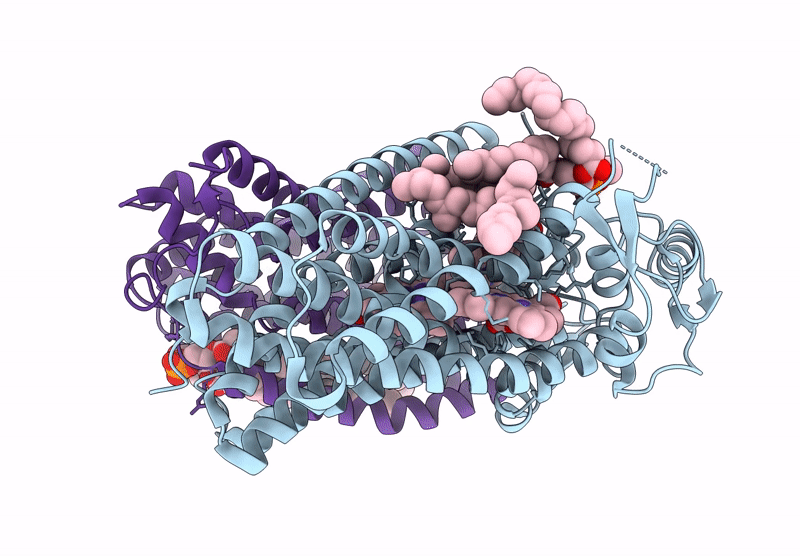
Deposition Date
2024-06-03
Release Date
2025-02-12
Last Version Date
2025-02-12
Entry Detail
PDB ID:
9FKA
Keywords:
Title:
Cryo-EM structure of the reduced cytochrome bd oxidase from M. tuberculosis
Biological Source:
Source Organism:
Mycobacterium tuberculosis H37Rv (Taxon ID: 83332)
Host Organism:
Method Details:
Experimental Method:
Resolution:
2.96 Å
Aggregation State:
PARTICLE
Reconstruction Method:
SINGLE PARTICLE


